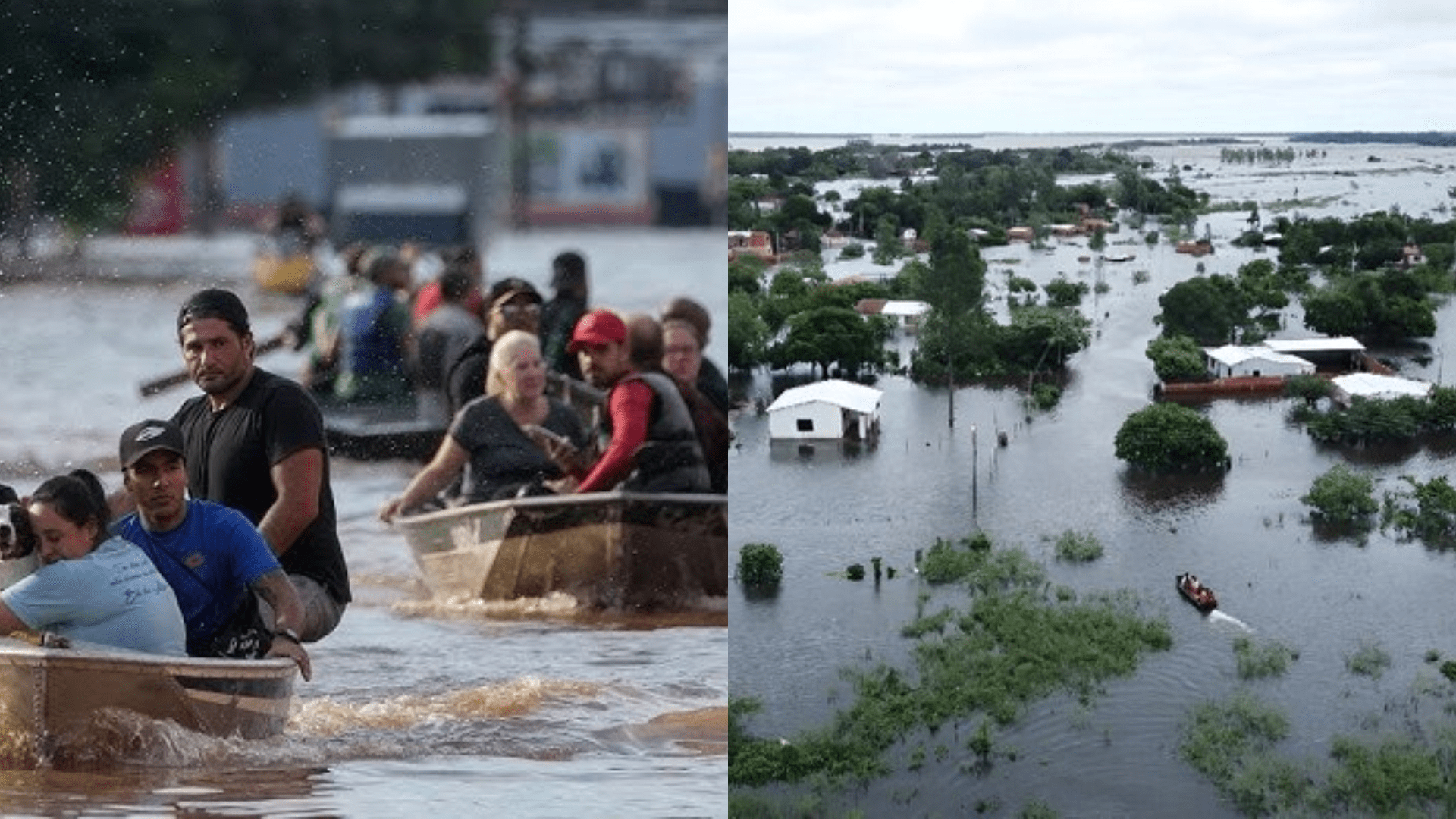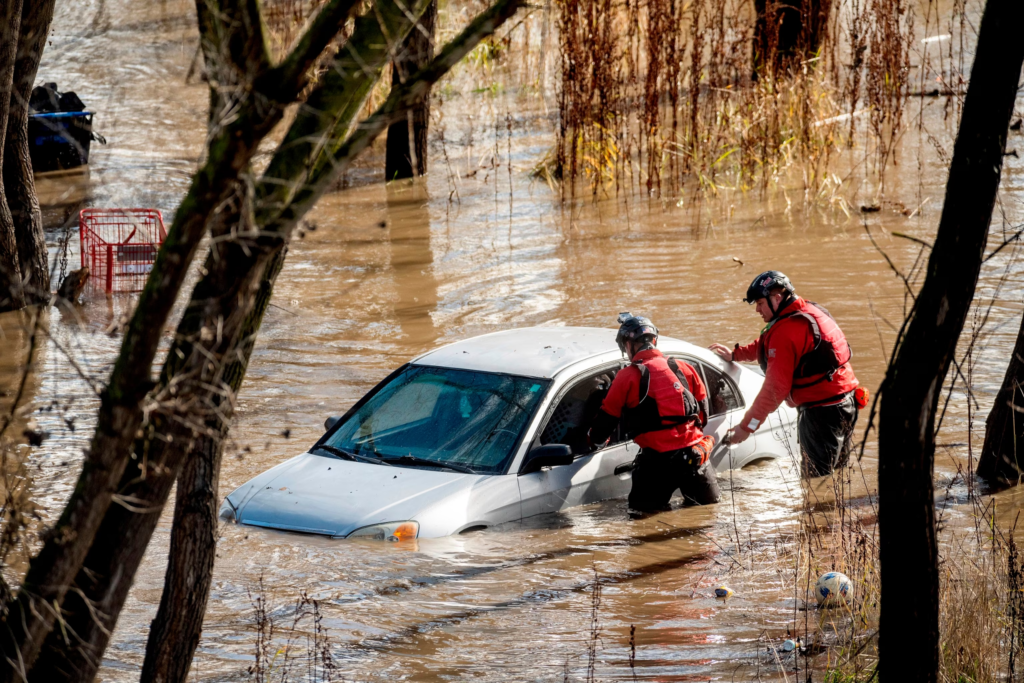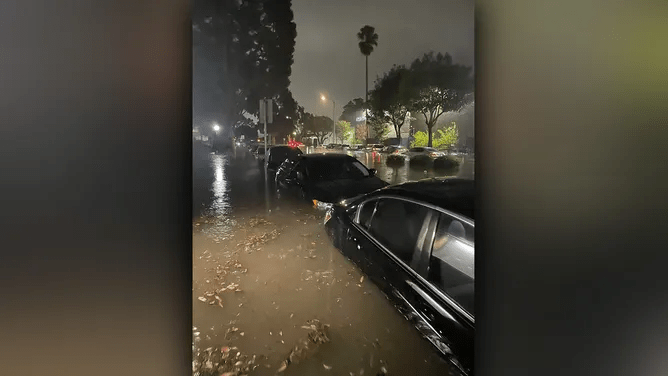Flash Flood Warning Issued for Malibu as Heavy Rain Triggers Mudflows and Road Closures

The National Weather Service (NWS) has issued a flash flood warning for Malibu, particularly in areas affected by the Franklin Fire and Palisades Fire burn scars. As heavy rain moves through the region, officials are warning of possible life-threatening debris flows, significant flash flooding, and road closures. The warning, which is in effect through Sunday evening, has prompted local authorities to close multiple roads, including Pacific Coast Highway, as a result of dangerous mudflows and flooding.
Heavy Rainfall Causes Flash Flooding
On Sunday evening, the National Weather Service confirmed that heavy rainfall had begun to impact Malibu and the surrounding areas. The rain is expected to continue throughout the evening, with a significant risk of flash floods in areas already affected by recent wildfires. The burn scars from the Franklin Fire, which burned thousands of acres in December, and the Palisades Fire, which struck earlier in January, are particularly vulnerable to flash flooding and debris flows.
At approximately 8:15 p.m., authorities reported flooding along Pacific Coast Highway, which was affected by debris from the burn scar. Although a life-threatening debris flow is not immediately likely, NWS officials have warned that it remains a distinct possibility if the heavy rain continues. The warning will remain in effect until at least 11 p.m. Sunday evening, with experts urging residents to take precautions.

Dangerous Debris Flows and Road Closures
Officials have indicated that severe flash flooding could occur along creeks, streams, and ditches in the burn scar areas. Additionally, they warned that debris flows—fast-moving, dangerous torrents of mud, rocks, and other debris—are possible across roads and highways, potentially leading to further hazards for drivers and pedestrians in the region. As a result, local authorities have implemented a series of road closures to mitigate the risk to public safety.
Earlier in the day, a number of considerable mudflows led to the closure of multiple roads in the Palisades Fire burn scar. The first road closure occurred around 4 p.m. on Palisades Drive, a steep downhill section of road near Avenida De Santa Ynez and Paseo Vista Hermosa. This area had been heavily impacted by the Palisades Fire, which burned a significant portion of the area in early January.

SkyCal aerial footage revealed a tractor working to clear debris from the two-lane road, with trucks slowly navigating through thick mud and debris. Less than 30 minutes later, California Highway Patrol (CHP) confirmed that Pacific Coast Highway, just west of Topanga Canyon Boulevard, had also been closed due to a separate mudflow. The debris from the burn scar included large branches, bushes, and other charred objects that obstructed the road, posing significant risks to drivers.
A warning has been issued for Malibu due to heavy rain, which is causing mudflows and road closures, especially in areas affected by the Franklin and Palisades Fires. The National Weather Service warns of possible life-threatening debris flows in burn scar regions. Local authorities have closed several roads, including Pacific Coast Highway, to ensure public safety.
Multiple Cars Trapped in Woodland Hills
In addition to the closures in Malibu, another mudflow trapped several cars in the nearby Woodland Hills area. The Los Angeles Fire Department responded to the scene on Mulholland Drive near Alhama Drive, where at least four vehicles were stranded in thick mud. Fortunately, no rescues were necessary, but tow trucks and the LA Department of Transportation were called in to remove the vehicles and manage traffic in the area.
Conclusion
As the heavy rainfall continues, authorities are urging residents to stay alert and take appropriate safety measures. With the combination of flash flooding and the potential for debris flows, areas near the Franklin Fire and Palisades Fire burn scars remain particularly hazardous. The National Weather Service will continue to monitor the situation, and further updates may be issued as conditions evolve.






